

The River Brede has carved out a shallow valley, with resulting beautiful scenery. The village of Brede is in East Sussex, about 8 Km (5 miles) north west of Hastings, and not far from the village of Battle where the famous Battle of Hastings took place.
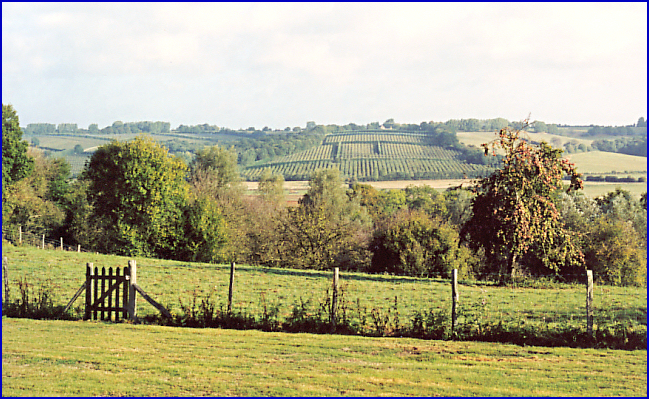
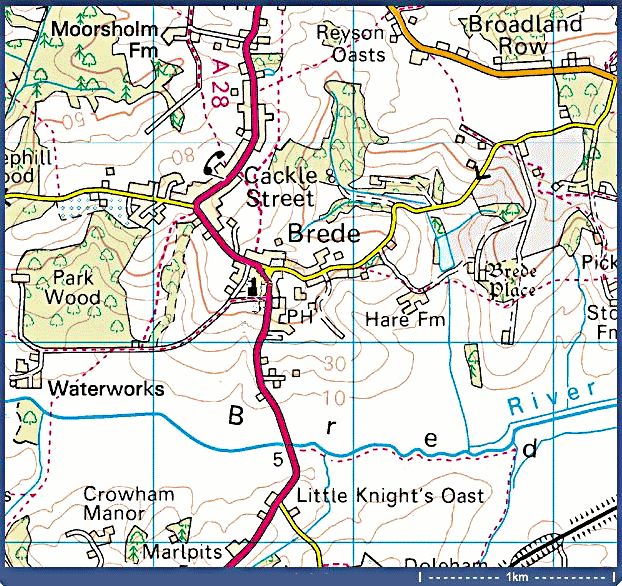
This map shows an area about 3Km x 3Km, with the Church of St George on the western side of the main A28 road near the centre. Brede Place is located about 1Km east of the church.
Many of the members of the Fairhall family came from this village, and Fairhall baptisms, births, marriages and funerals are recorded here as well as in the nearby villages of Guestling, Icklesham, Bexhill, Mountfield, Udimore, Rye, Robertsbridge and Northiam, as well as southern Kent.
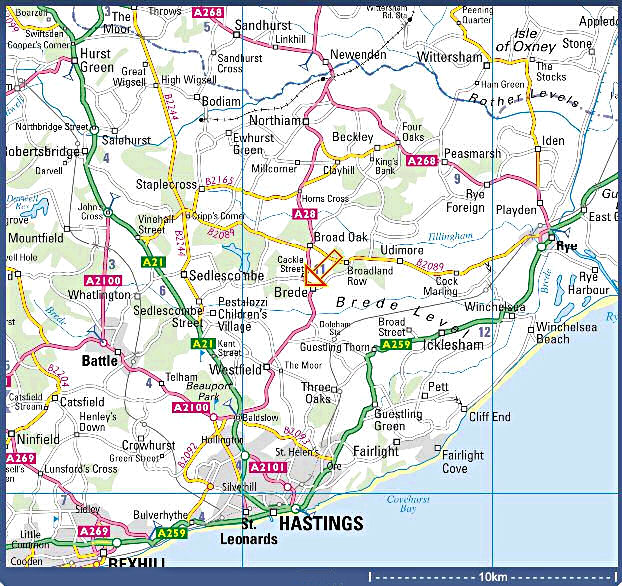
There are two theories about the origin of the name Brede:
1. The Masters of the Mint at Hastings, founded in 924, were of the BRID
family, and pennies bearing the name "Brid" still exist.
2. The Anglo-Saxon word "bred", meaning broad, could have been used to
describe the village's position in the valley. The first recorded mention of the name is in a Charter at the time
of King Canute (1016 - 1035).
Centrepiece of this rural community is the church of St George, on a hill overlooking the Brede River valley. The building is mainly constructed of sandstone and ironstone, but some stone is from Caen in Normandy - reflecting the Norman history of this part of England.
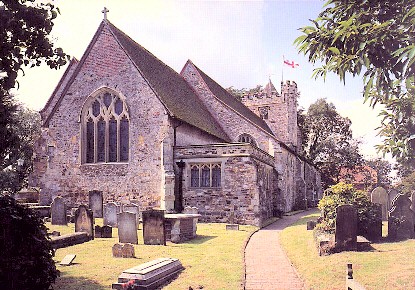
The Manor of Brede was granted to the Abbey of Fecamp about 1031, and the Benedictine monks from Normandy occupied it until about 1416. Laurence, the first Parson of Brede, arrived from Normandy in 1190. The church has expanded since the first Norman church was built, but the pillars of the south arcade of the nave are still Transitional Norman work of c. 1180.
The Oxenbridge family, owners of Brede Place for 250 years, and with close family links to Queen Elizabeth I, are commemorated in a beautiful Chantry which contains the tombs of many family members including Robert and Anne Oxenbridge and their son Sir Goddard, who acquired an unjust posthumous reputation as the cannabalistic 'Brede Giant'! His recumbent tomb effigy is a feature of the church. According to local legend the children of East Sussex got their revenge by sawing him in half at nearby Groaning Bridge, where the 'giant's blood' (actually iron staining) is displayed.
Several former rectors are also buried beneath the Chancel, and throughout the church there are many monuments, special windows and artefacts with construction dates back to the fifteenth century. The small stone window at the west end of the north aisle, above the children's altar, is thought to be from the late Norman Transitional period, making it the oldest window in the church. It has a modern dedication to St George.
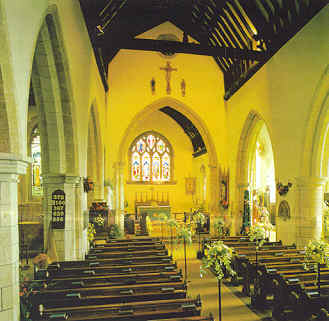
A more recent inclusion is the statue of Madonna and Child, which was carved from the trunk of an oak tree by sculptor Clare Sheridan, first cousin of Sir Winston Churchill. Clare was brought up at Brede Place, and later returned to live in Brede.
The Tower features a peal of six bells, with the oldest having been cast in 1628.
Mrs Marigold Crook produced a Short Guide to St George's Church, from which most of this information has been obtained, and her son, Dr John Crook, has now updated that publication with colour illustrations. It is available from the Church and village.
